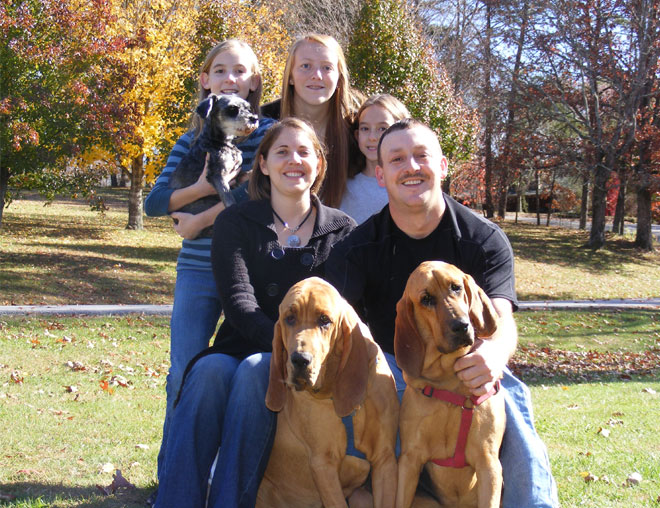The Benefits of Breed-Specific Dog Training Methods
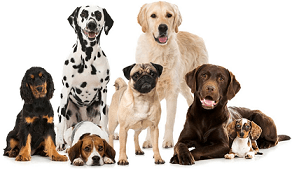
It’s easy to see why some may think that breed-specific dog training is a scam. After all, train the dog, not the breed, right?
In some ways, this couldn’t be more accurate. Every dog is an individual, meaning that you’ll need to adapt your training methods and style to suit their specific needs. However, there’s also no denying that each of the different breeds out there have their own genetic tendencies. Breed-specific dog training takes that into account. It enables you to put together training methods based on your dog’s genes, which you can then adapt even further based on the individual dog that you’re training.
Breeding for Specific Traits
Humans have been breeding dogs for centuries for specific purposes, whether this may be guarding, herding, hunting, or anything else.
In order for a dog to be exemplary at a certain task, it would need to display certain tendencies. As an example, beagles were used as scent hounds, so, back in the day, the focus was placed on breeding beagles that had a good sense of smell. This is why, even today, the majority of beagle owners will find that their dog’s nose is often glued to the ground when out on a walk. Yes, dogs of other breeds often do this too, but it’s a tendency that’s much more common among beagles.

Dog Lovers Training Course
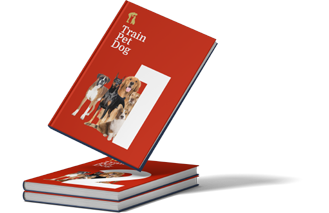
Regular Price: $97.
Discount of: $30.
Current Price: $67 only.
What Does the Science Say?
One of the largest studies to date on hereditary behavior in dogs was carried out in 2019. It encompassed 14,000 dogs from 101 breeds, with researchers learning that there were 14 behavioral traits in particular that seemed to be extremely breed-specific.
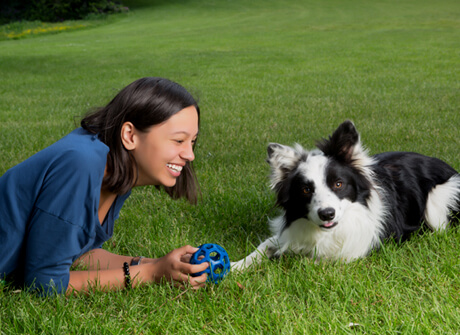
That study, along with others, confirmed that the traits that were most heavily influenced by breed heritability were:
Trainability (border collies were deemed the most trainable)
Stranger-directed aggression (guard dog breeds displayed this the most, with the German shepherd topping the list)
Chasing (greyhounds won this one)
While it’s true that environment and other factors also play a significant role in how a dog learns and develops, inherited behavioral traits shouldn’t be discounted either.
The Influence of Behavioral Traits on Learning
It’s pretty easy to see how the behavioral traits mentioned above would influence learning and training. Take stranger-directed aggression, for example. Breeds that are known for displaying those traits will need to spend more time being socialized, which is a huge part of puppy training. Our breed-specific training methods take this into account.
Likewise, dogs that have a high prey drive and love to chase will need to spend more time working on self control. Teaching a greyhound not to chase a cat will be a completely different experience from teaching a pug the same thing. Again, breed-specific dog training encompasses this.
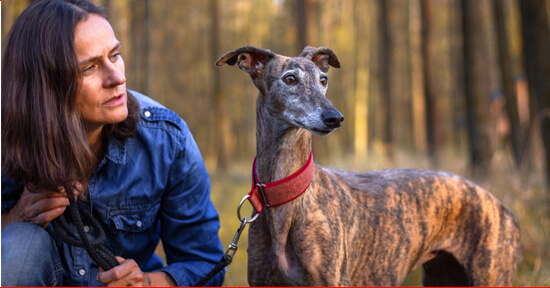
How Brain Size Affects Learning
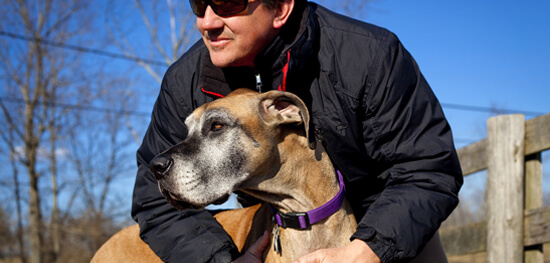
It’s not just behavioral traits that affect how a dog learns – their brain size influences this too. Studies have been carried out over multiple species, from mice to elephants to chimpanzees, and they all confirm that the larger an animal’s brain, even when you have two animals of the same species, the easier and better they’re able to learn.
A larger brain size correlates with higher self control, as well as improved short-term memory. As you can imagine, this means that dogs with larger brains will learn much faster than dogs with smaller brains.

Although there are some anomalies, it’s generally the case that the bigger the dog, the bigger the brain. Again, this is pretty breed-specific – the brain of a great dane will be significantly larger than that of a chihuahua, meaning that a great dane will likely learn that much quicker. You’ll need to use more repetition when teaching a chihuahua something new, whereas a great dane’s better short-term memory will allow those gentle giants to master a new command with fewer repetitions.
Breed-Specific Dog Training Brings All of This Together
As you can see, a dog’s breed really does play a part when it comes to putting together a cohesive training plan. By all means, you can train a dog without taking their breed into account, which you’ll need to do anyway if you have a mongrel. However, knowing your dog’s breed does give you a distinct advantage. You’ll be able to account for their genetics and inherited behavioral traits, adapting your training methods to cater to these. Yes, you’ll then need to adapt them again based on the individual dog that you’re training, but having some breed-specific training methods in your arsenal sets you off to a much better start.
Train Your Dog To Listen To You
Sign up for our Free Dog Mini Course to have a housebroken, obedient dog that happily comes to you every time you call.
You'll learn new commands to obedience-train your dog as well as how to housebreak your dog in 6 days or less.
You'll also learn how to eliminate bad habits like barking, nipping or biting, jumping, or pulling on the leash.
